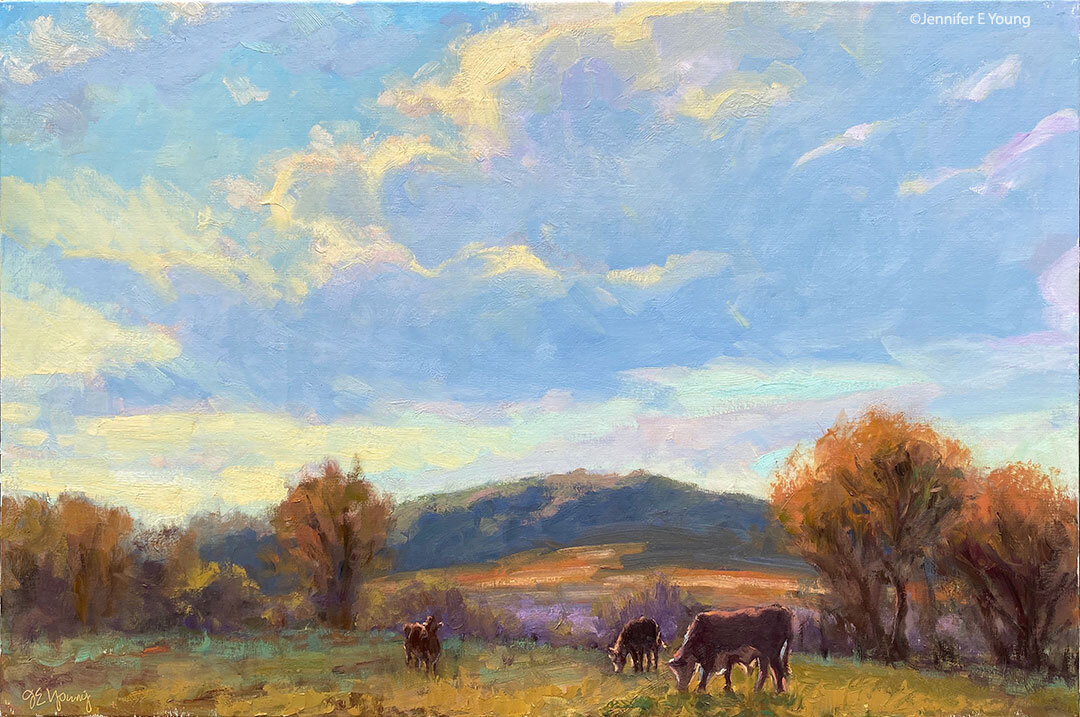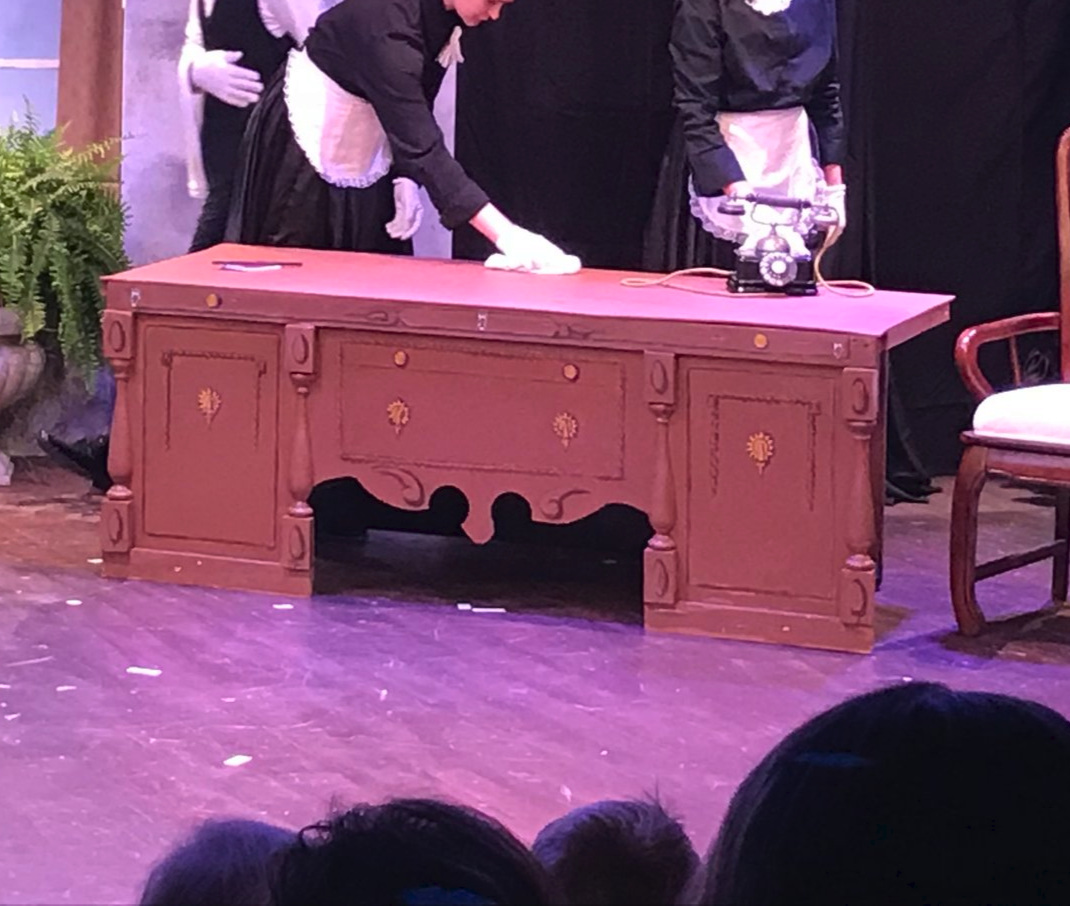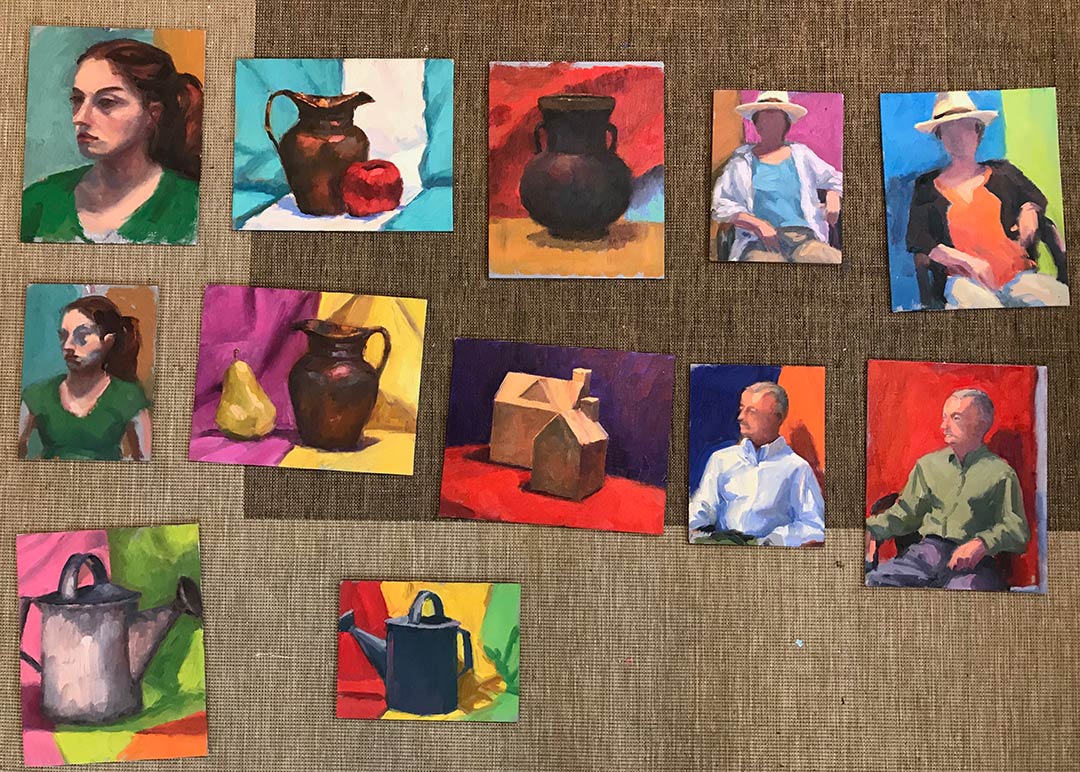October Pumpkins
/In Hanover County, Virginia, where I now live, fall is particularly lovely. The profusion of green has given way to warm rich tones of gold, red and orange. October is pumpkin season, and you don't have to drive too far around here to find a roadside stand where you can pick up some pumpkins to decorate the front stoop. If you are feeling adventurous you can even take the kids to a pumpkin patch so they can pick their very own. Myself, I rather like leaving them put and painting them right where they are growing (in this case, the pumpkins, not the kids!).
This painting came about after getting a call from a painter friend of mine. She'd made arrangements to paint at the Hanover Vegetable Farm on one of the last days in October, and invited me to come along. I drive past this farm from time to time and I'd been eyeing those pumpkins for a couple of weeks. But for whatever reason, I hadn't gotten around to calling the proprietor up about painting there. So when the chance arose, I jumped on it. We got there around 8 a.m. The sun was low and the moon was still up. And of course, there were all of those cute round pumpkins gathering round the dirt path and echoing the shape of the waning moon.
While I have really loved painting with my water soluble oil paints in the studio lately, I painted this piece solvent free using traditional oils. I used a little bit of Gamblin's Solvent Free Gel for my medium, and cleaned my brushes with walnut oil. I'm happy to report that it worked out just fine. I am so glad to leave that messy can of toxic solvent out of the picture and just pack a little bottle of walnut oil and a small jar to swish my brushes in for cleaning.
It's been raining around here for the last couple of days and I am anxious to see if the foliage will hold up until the sun comes back out. It would be great to get out a few more times before we have to say farewell to all of this gorgeous autumn color. We will see....






















